Resources
Resources
YLRL Resources for Members
Presentation Templates
Download template samples to create your presentation. (available in Canva by request from Martketing@ylrl.org)
Flyers
- Coming Soon
- Coming Soon
Amateur Radio Resources
EchoLink
EchoLink® software allows licensed Amateur Radio stations to communicate with one another over the Internet, using streaming-audio technology. The program allows worldwide connections to be made between stations, or from computer to station, greatly enhancing Amateur Radio’s communications capabilities. There are more than 350,000 validated users worldwide — in 159 of the world’s 193 nations — with about 6,000 online at any given time.
POTA

Parks on the Air® (POTA) is an ongoing program encouraging amateur radio operators to develop their skills, fostering community, and demonstrating the hobby to the public.
Thousands of parks are available in the program worldwide, and each will present a unique experience. Operating styles and seasons will also affect the nature of your experience.
For more information click the link below.
National Traffic System
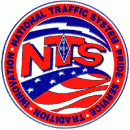
During disasters or other emergencies, radiograms are used to communicate information critical to saving lives or property, or to inquire about the health or welfare of a disaster victim.
The current National Traffic System is comprised of dedicated operators well trained and practiced in the art of traffic handling. They participate in nets at the local, section, region, and area levels 365 days per year.
For more information click the link below.
ARES
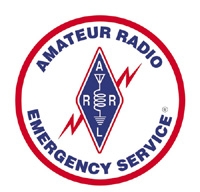
Amateur radio operators use their training, skills, and equipment to provide communications during emergencies. Hams serve our communities when storms or other disasters damage critical communication infrastructure, including cell towers, and wired and wireless networks. Amateur radio can function completely independently of the internet and phone systems. An amateur radio station can be set up almost anywhere in minutes.
For more information click the link.
ARISS
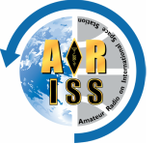
ARISS lets students worldwide experience the excitement of talking directly with crew members of the International Space Station, engaging them with radio science technology through amateur radio.
Some ISS crew members make random, unscheduled, amateur radio voice contacts with earth-bound radio amateurs. Astronauts have contacted thousands of hams around the world.
Slow Scan Television (SSTV) images transmitted from the International Space Station and other ARISS supported satellites.
For more information click the link below.
SSTV
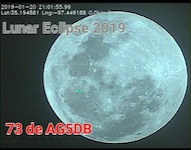
SSTV takes a static (non-moving) image and “scans” it from right to left and top to bottom, and transmits the image in three primary colors using audio frequencies (in the same bandwidth as a voice transmission). Because it uses just audio frequencies, any radio that can transmit and receive voice can also transmit and receive SSTV
There are several You Tube, videos on how to set it up. Essex Ham does a great job explaining the set up process, https://www.essexham.co.uk/sstv-the-basics
For more information and the link to download the free software, click the link below.
Contesting
WA7BNM
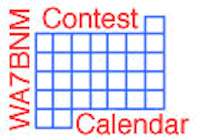
Do you love contesting? Do you hear contests on air and want to know more about them?
WA7BNM Contest Calendar lists most of the contests along with detailed information about each of the amateur radio contests throughout the world, including their scheduled dates/times, rules summaries, log submission information and links to the official rules as published by the contest sponsors.
For more information, click the link below.
3830 Scores

3830 Scores purpose is to make it easier for contesters to share their claimed scores (score rumors) and comments immediately after a contest. Score submissions are stored in the score rumors database
With Score you can submit your results, using Score forms, see summaries of all submitted scores for current and recent contests, search the score rumors database for all postings associated with an operator’s call sign and compare scores.
For more information, click the link.
SPOTTING

Are you looking for that one station or country that is missing from your log? Are you activating a station and want others to find you? The DX Summit site allows you to search for spots by call sign as well as share a spot!
MyDXSummit is a amateur radio cluster. Amateur radio operators are scouting the band for stations that are on the air. If they find a station, they report it to a cluster for others to find more easily. The findings or spots are propagated to other DX clusters over the internet.
For more information, click the link.
Logging Software

There are many logging software programs available. N1MM is free and very popular with contesters.
How to Renew Your Amateur Radio License
Video by ARRL
If it has been a while since you received your FRN number, you will need to go to the new FCC Cores site and register. Once you are registered you can associate your FRN number with your new FCC Cores Registration. There is also information on how to reset your password to both your new Cores account and your old FRN account.
The FCC has provided some great videos to help. https://www.fcc.gov/licensing-databases/fcc-registration-system-cores/commission-registration-system-video-tutorials
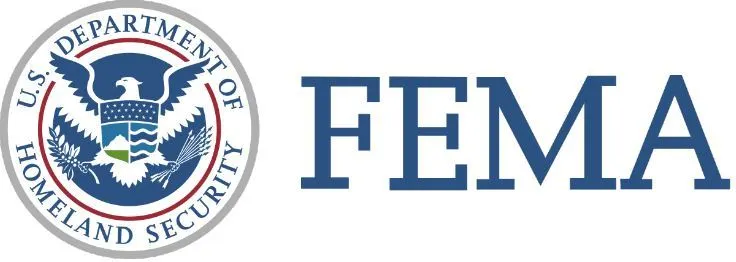
FEMA Training
One of the requirements of being an ARES member is to continue to attend online training sessions. FEMA offers many of these online, and you can access them at the FEMA Independent Study website. The following classes are the ones to start with and are the minimum requirements for ARES members.
- FEMA Independent Study Program course list. Of particular interest are:
- Communication Training from the American Radio Relay League (ARRL)
- On-Line Emergency Communication Classes and Continuing Education
- ARRL Amateur Radio Licensing Classes
- Learn from home with more ARRL on-line courses, especially for emergency communications volunteers
- On-Line Digital Emergency Communication Courses
Training Materials
Girl Radio Patch Class
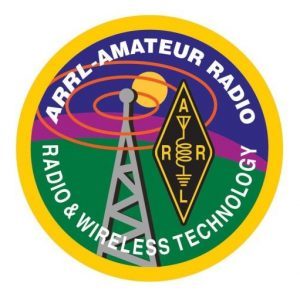
The American Radio Relay League (ARRL) has developed a special Radio and Wireless Technology Patch Program for Girl Scouts with assistance from members of Girl Scouts of the Green and White Mountains and Girls Scouts of Greater Atlanta (GSUSA).
Click the button below to download a zipped file with a PPT presentation, supplies list and brochure.
Do you have a presentation you want to share with other YLs? Send an email to webmaster@ylrl.org.
